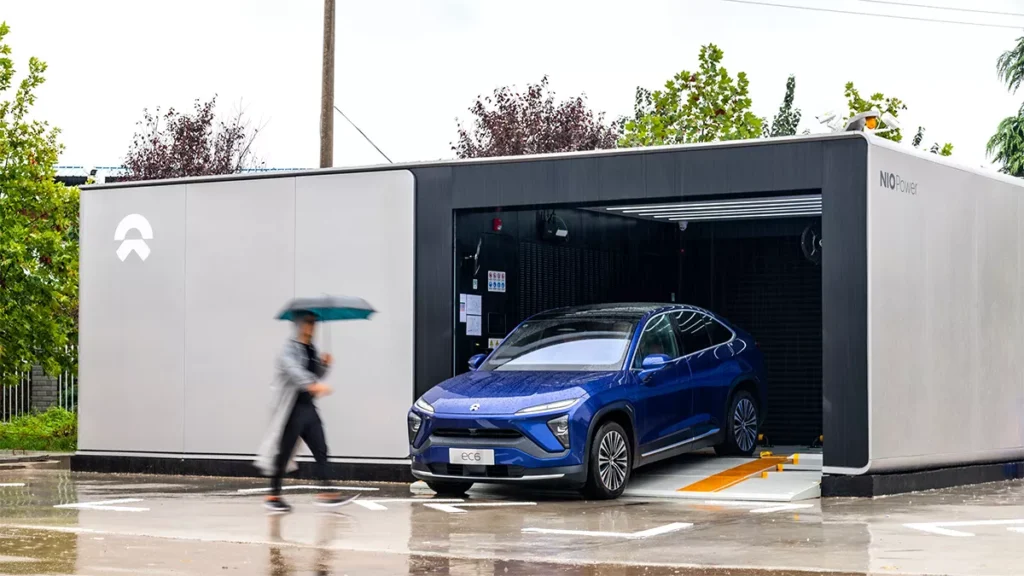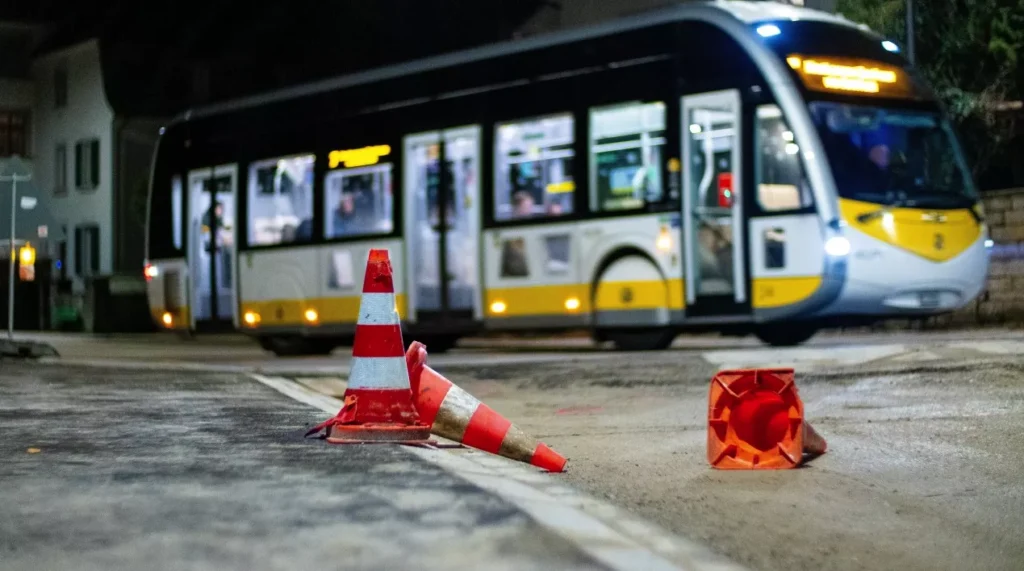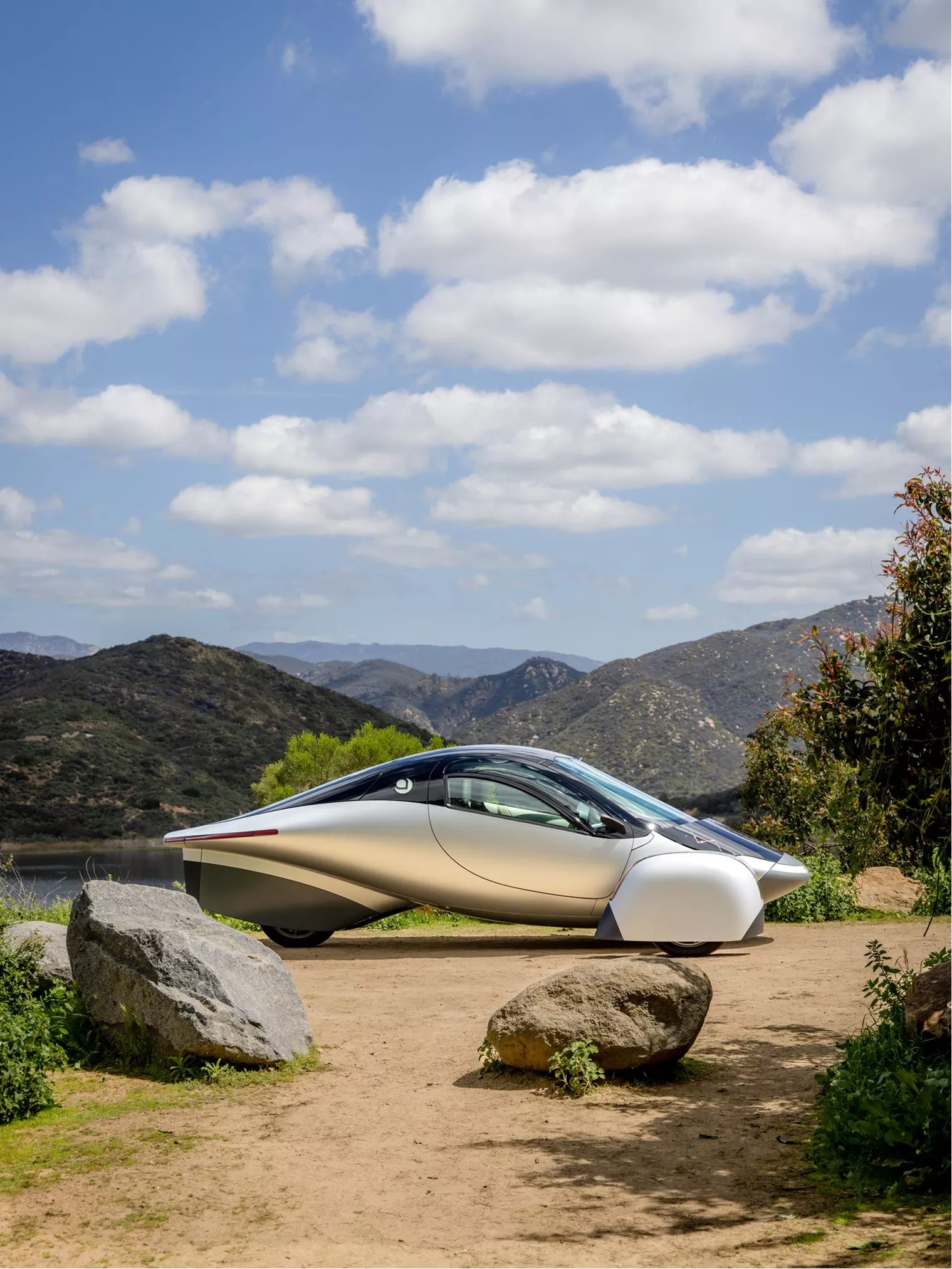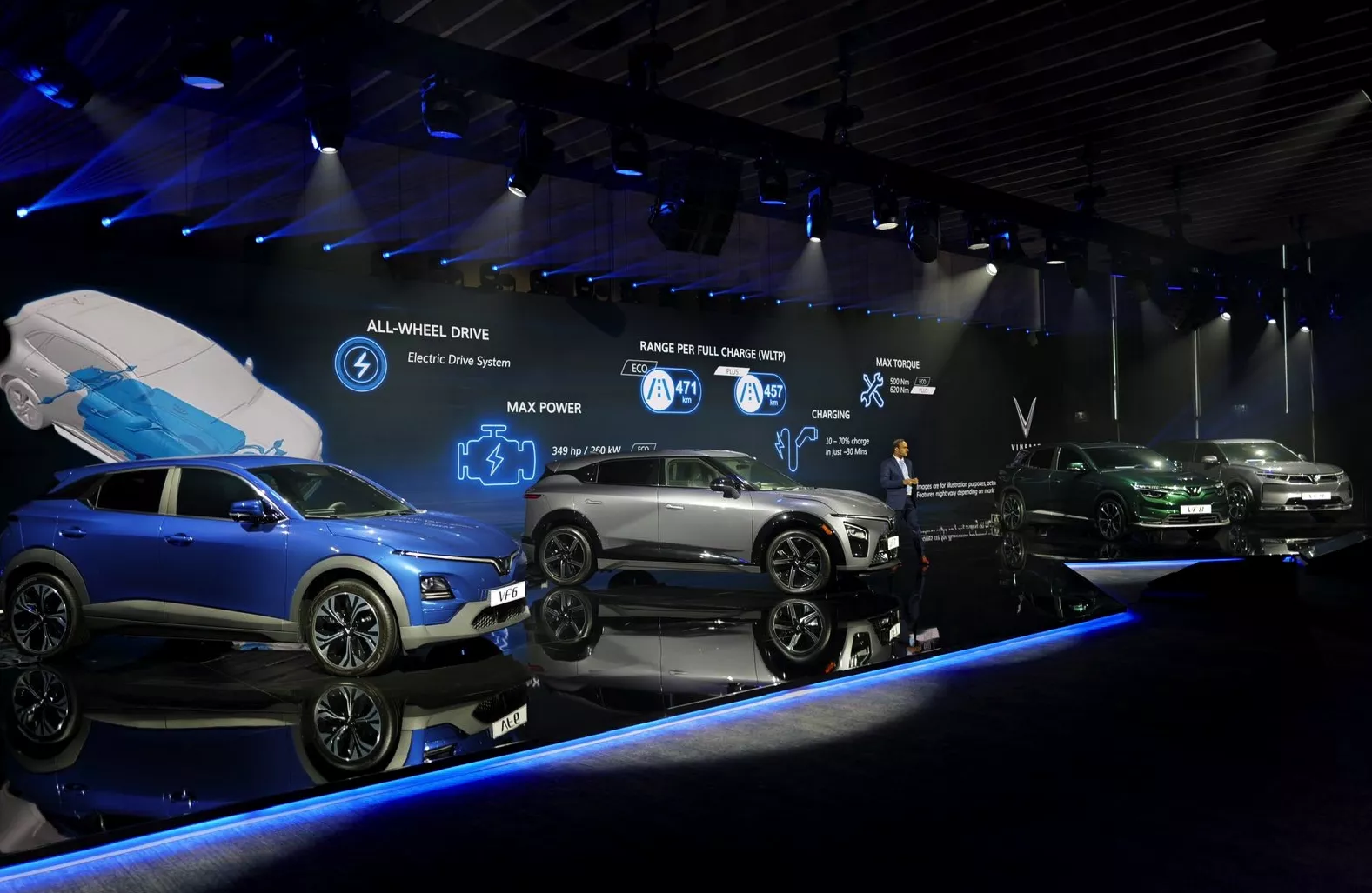










From EVs and batteries to autonomous vehicles and urban transport, we cover what actually matters. Delivered to your inbox weekly.

While Wall Street wrings its hands over Tesla margins and D.C. throws up trade barriers, something bigger is happening — everywhere else.
In São Paulo, BYD is building buses by the thousands. In Delhi, half the two-wheelers sold are electric. And in Jakarta, battery swapping stations outnumber gas pumps in some districts.
Forget 300-mile sedans and six-figure price tags. The global EV pivot isn’t about range anxiety or tax credits. It’s about scale, access, and speed. And the next billion EVs won’t look like the ones we’ve been obsessing over.
Here’s what the West is missing while it’s busy debating tariffs:
✅ India’s scooter revolution is unstoppable.
✅ China is exporting EVs and EV factories.
✅ Latin America is skipping plug-in hybrids and going full electric.
✅ Vietnam’s VinFast is coming for global markets.
The real EV growth? It’s happening in places with smog, scooters, and solar panels — not subsidies.
👇 Let’s zoom out.
EV fleets need power — but building dedicated depots? Slow, expensive, and land-hungry. That’s where Curo Charging comes in.
Instead of pouring concrete, they unlock existing real estate — think office parks, warehouses, retail lots — and turn them into Virtual Depots. It’s a software-first, infrastructure-light solution that gives fleets access to charging right where vehicles already park overnight.
🛻 No construction delays.
📍 No need to own property.
⚡ Just plug in, charge, and roll out.
Curo‘s platform handles it all — from site identification to fleet routing, billing, and energy optimization. It’s turnkey depot-as-a-service, built for a fragmented urban world.
👉 Learn more about Curo Charging — and how it’s reimagining the future of EV fleet charging, one virtual depot at a time.
Electric vehicles were supposed to globalize on Western terms. But while the U.S. and EU debate mandates, the real EV boom is happening elsewhere — with local players, smaller formats, and faster moves.
From 2015 to 2022, EV growth was driven by policy-heavy markets like Europe, tech-forward plays from Tesla, and battery innovation out of China and Korea. The narrative centered on luxury sedans, big SUVs, and IRA-style subsidy battles.
2023–2025 flipped the script. As Western EV adoption cooled — thanks to tariffs, inflation, and policy whiplash — emerging markets are now the hotbeds of growth.
These markets are leapfrogging the U.S. model — going straight to micromobility, virtual depots, and ultra-cheap EVs. And guess who’s leading? Not GM or VW — it’s BYD, Tata, VinFast, and startups you’ve never heard of (yet).
By 2030, the EV story won’t just be about who builds the best sedan or crossover. It’ll be about:
Expect the world to split into regional EV ecosystems:
🚨 Bottom line → EV growth hasn’t stalled — it’s just moved. And if you’re only watching California and Berlin, you’re missing where the future is actually being built.
The Global South is charging up. While Western headlines focus on tariffs and slowdowns, emerging markets are going full throttle on EVs. Here’s what you need to know. 👇
India logged 514,198 EV sales in Q1 2025, a steady 3% year-over-year rise — but the real action is on two wheels. Electric scooters and bikes made up over 370,000 units, surging 16.5% as commuters across India keep swapping gas for green. (Motorcycles Data)
Vietnam’s EV powerhouse VinFast delivered 12,500+ vehicles in February 2025 alone, smashing its own records and proving it’s not just a local player. The company is now gunning to double global deliveries this year, with bold expansion plans across Asia, the U.S., and beyond. (VinFast, MarketScreener)
Indonesia’s EV market is on a tear — 43,188 electric cars sold in 2024, up a staggering 53% year-over-year. And this is just phase one. The government’s bold target? 2 million electric cars and 12 million e-motorbikes on the road by 2030. From scooters to SUVs, the archipelago is electrifying fast. (Statista, IISD)
BYD’s EV plant in Rayong, Thailand — its first outside China — is already delivering. Just four months after opening in mid-2024, it cranked out its 10,000th vehicle, setting the pace for regional dominance. In 2025, BYD is doubling down with 9 new projects in Thailand, including battery assembly, welding, and key component manufacturing. Backed by a ฿35 billion (cca. $950 million) investment, BYD is turning Thailand into a Southeast Asian export hub — with 150,000 annual capacity and major local job creation. (Reuters, Thailand Board of Investment)
In a bold move to electrify its roads, Argentina has eliminated import tariffs on electric and hybrid vehicles, permitting up to 50,000 units annually. This policy shift, championed by President Javier Milei, is set to benefit cost-effective Chinese automakers like BYD, poised to dominate the market. However, this surge in imports poses a challenge to local EV manufacturers, such as Coradir, the maker of the Tito city car, who fear being outpaced by the influx of affordable foreign models. (Rest of World)
Delhi just kicked off its first V2G pilot, turning EVs into backup power sources. Led by BSES Delhi and the India Smart Grid Forum, the program lets parked EVs send electricity back to the grid — a big deal for a country battling blackouts and peak demand spikes. If it scales, India could leapfrog straight into a distributed energy future, with EVs doubling as mobile batteries. (Business Standard)
Forget Detroit. Forget Stuttgart. The real EV heat in 2025? It’s coming from Jakarta, Delhi, and São Paulo.
While legacy automakers in the U.S. and Europe scale back, a new electric frontier is charging forward — led by two-wheelers, budget city cars, and grid-smart mobility startups across the Global South.
Let’s bust the biggest myths about where the future of EVs is really unfolding.
📉 Reality: Not even close. In Q1 2025, India hit over half a million EV sales, with electric two-wheelers up 16.5% YoY (Motorcycles Data). Indonesia saw EV sales jump 53% in 2024. Vietnam’s VinFast delivered 12,500+ EVs in February alone.
The West may be cooling — but the Global South is just getting warmed up.
💸 Reality: Try telling that to Ola, which is flooding Indian streets with sub-$2K electric scooters. Or BYD, building an entire EV ecosystem in Southeast Asia, including Thailand’s new 150K/year EV plant. These markets are skipping the premium phase and going straight to mass-market mobility.
EVs here aren’t luxury toys. They’re daily tools — and game-changers for energy and air quality.
⚠️ Reality: It’s different — not absent. India is piloting Vehicle-to-Grid tech in Delhi. Brazil is installing solar-charged battery swaps in underserved regions. Southeast Asia’s cities are leaning into virtual fleet charging and smart microgrids. What looks like a lack of infrastructure is actually a leapfrogging opportunity — and it’s already underway.
🌍 Reality: China’s dominant, but not alone. India’s Ola Electric is filing for IPO. Vietnam’s VinFast is expanding into the U.S. and Europe. Brazil’s Voltz Motors is pushing e-mopeds into regional delivery fleets. Even Indonesia’s state-owned Pertamina is building a domestic EV ecosystem from scratch.
🚨 Bottom line → The EV narrative isn’t dead. It’s just shifted time zones.
As legacy automakers chase subsidies and scale back production, the next wave of electrification is being shaped in Jakarta, Delhi, and São Paulo — one two-wheeler, budget car, and microgrid at a time.
Want to understand where EVs are going? Stop watching Wall Street — start watching Southeast Asia.
🚨 While automakers in the U.S. and Europe pump the brakes, India, Vietnam, Indonesia, and Brazil are flooring it.
In Delhi, e-scooters outsell petrol ones. In Thailand, BYD is cranking out 150K EVs a year. In Indonesia, the EV market grew 53% in 2024. Meanwhile, Western brands are canceling factories, raising prices, and still debating plug types.
We can call this a momentum shift.
🧠 Western EV policy is built on tax credits, long-term subsidies, and slow infrastructure rollouts. In the Global South, it’s about affordable access, grid innovation, and urban necessity.
So here’s the question:
💡 Is the West losing the plot — while the Global South writes the next chapter of electrification?
📢 Drop your thoughts in the comments. Is the EV revolution just changing lanes — or changing drivers entirely?